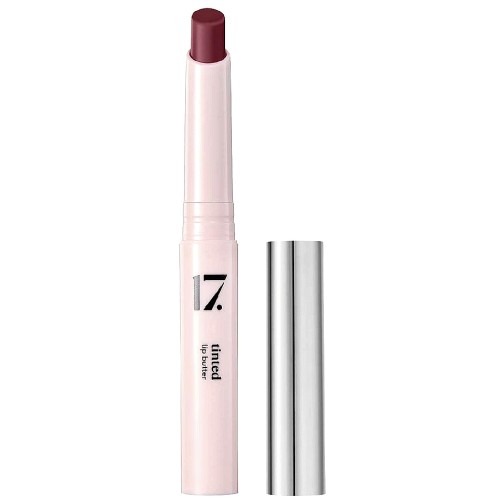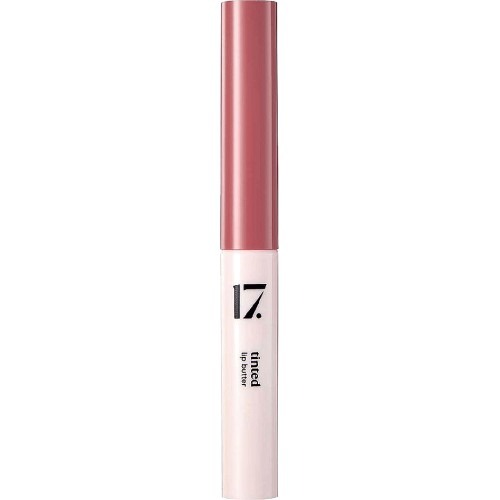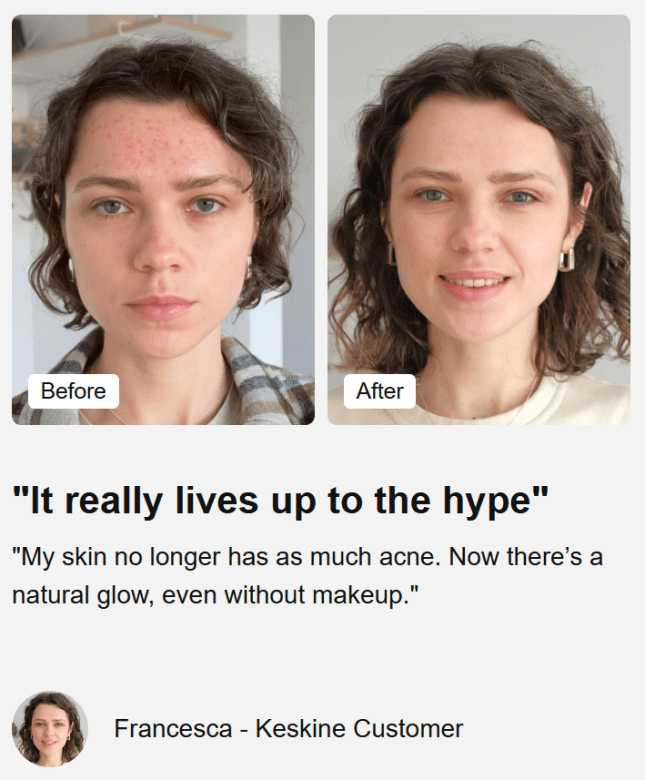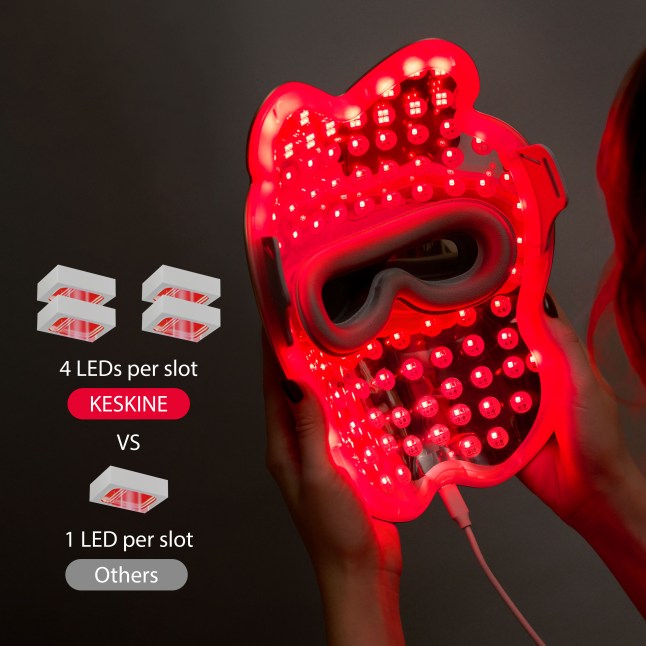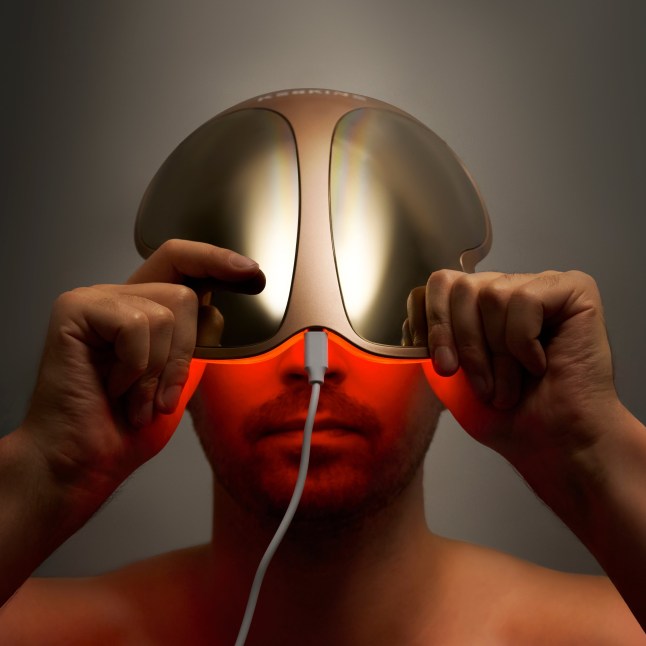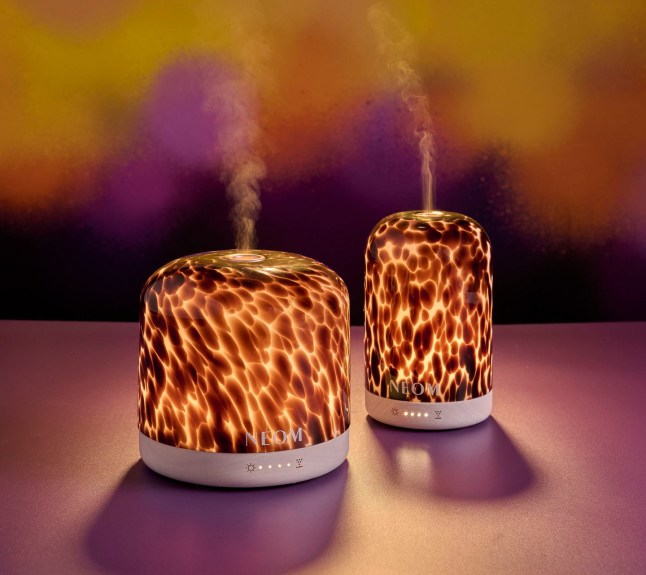13 Nov, 2025 | Admin | No Comments
Love Clinique Black Honey? This Boots alternative is less than a fiver
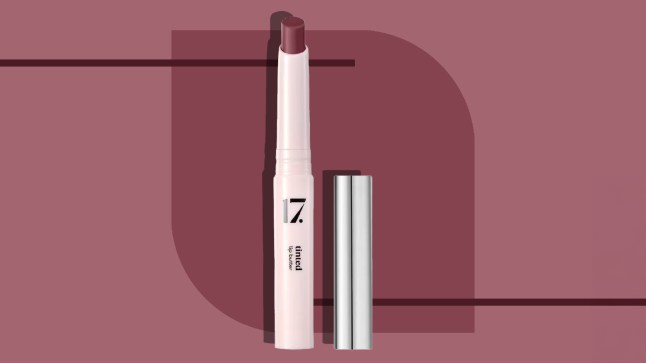
Metro journalists select and curate the products that feature on our site. If you make a purchase via links on this page we will earn commission – learn more
Clinique’s Black Honey is a cult classic in the beauty world – and for good reason.
With a buttery formula and subtle wash of colour that looked like your lips but better, it’s been loved through the 70’s and even a recent viral wave.
But while Black Honey might be a bit of a splurge at £25, shoppers insist they’ve found the ‘perfect dupe’ for less than a fiver at Boots.
The 17. Tinted Lip Butter Deep Honey is £4 and also has a buttery formula that’s vegan, cruelty-free and dermatologically tested for sensitive skin.
Boasting a balm‑meets‑colour finish, this affordable lip butter leaves your pout feeling plump while adding a subtle splash of colour that’s perfect for everyday wear.
Because who doesn’t love a lippy that feels like a balm? Comfort and colour in one? Sign us up.
Better still, the 17. lipstick is packed with jojoba seed oil to keep your lips hydrated and soft all day, as well as synthetic beeswax, which is a plant-derived alternative that mimics the protective benefits of natural beeswax to lock in moisture.
And if we know anything about 17., an impressive budget brand at Boots, it’s that everything they put out on their shelves is absolute affordable gold.
Shoppers seem to agree, too, with hoards of users leaving five-star reviews online for the purse-friendly ‘dupe’, raving of how it’s very similar to Clinique’s Black Honey, only £20 cheaper.
‘This is very slightly less pigmented than black honey, but it is more hydrated and feels lighter on the lips,’ one impressed reviewer wrote. ‘It is an excellent product and a perfect dupe – save yourself some money!’
Another added: ‘I have the original black honey from Clinique, but this one is better. It is really smooth to apply and creamy.’
‘Really love it, almost identical to the Clinique Black Honey Lipstick but much more hydrating.’ Raved a third,.
‘It’s an affordable dupe that delivers way beyond expectations. Super nourishing on the lips, and best of all, it doesn’t bleed or feather. Gorgeous worn alone for a soft, juicy look, or layered as a sheer topper over lipstick for extra dimension. Total hidden gem!’
For just four quid, there’s very little not to love about this lippy.
Follow Metro across our social channels, on Facebook, Twitter and Instagram
Share your views in the comments below
13 Nov, 2025 | Admin | No Comments
TK Maxx selling ‘sparkly’ cubic zirconia stone wedding rings for £13 with box
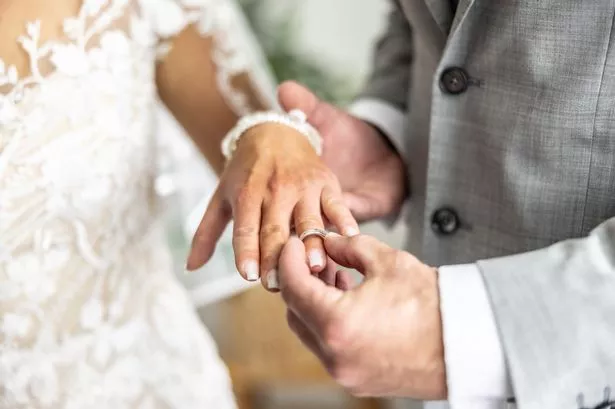
The discount retailer is selling a range of affordable jewellery, including a selection of engagement and wedding rings
13 Nov, 2025 | Admin | No Comments
This ‘anti-ageing’ LED mask is helping users get salon-worthy skin at home – and it’s on sale
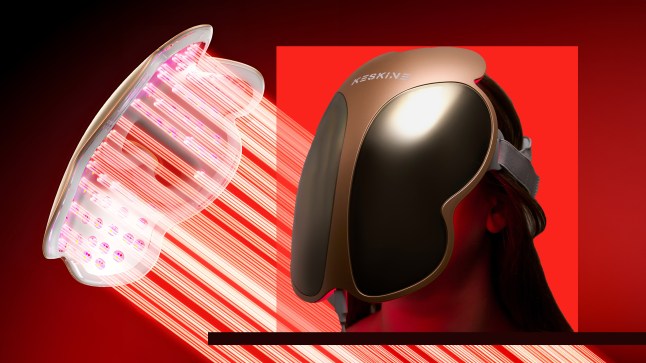

Metro journalists select and curate the products that feature on our site. If you make a purchase via links on this page we will earn commission – learn more
When creams and serums just aren’t cutting it, an LED mask could be the anti-ageing solution you’ve been missing. But do they really work?
Users of Keskine’s LED Light Therapy Face Mask Pro say heck yes.
A hot topic in the beauty world, LED masks deliver targeted light to your face to help your best skin shine through – and you don’t even need to get up from the sofa to reap the benefits..
Coined the ‘best LED face mask’ by impressed users, the professional-grade Keskine LED Light Therapy Face Mask Pro is designed to tackle everything from fine lines and blemishes to dullness and uneven texture without costly trips to the salon.
Better still, the brand is offering a huge 30% off this coveted mask with code BF30, making perfecting your complexion more affordable than ever.
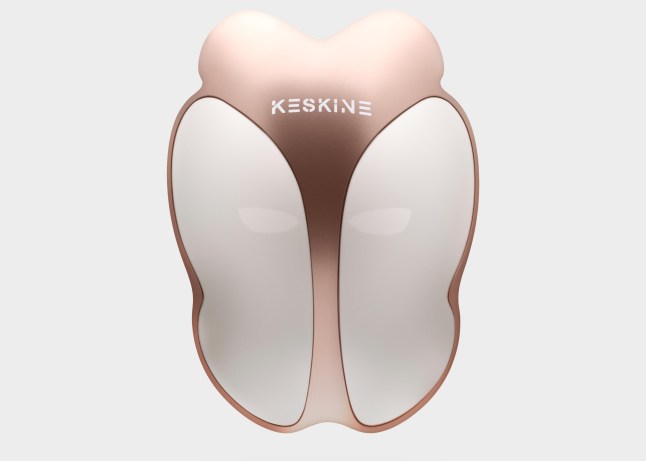
Keskine LED Light Therapy Face Mask Pro
The perfect alternative to regularly costly salon appointments, the Keskine mask utilises LED light at precise wavelengths that penetrate the skin to boost cellular activity, encourage collagen production, and combat inflammation and bacteria. The result is skin with fewer fine lines and blemishes with dullness reduced and texture diminished.
Said to rejuvenate, refresh and restore your skin from the comfort of your own home, the LED Light Therapy Face Mask Pro is getting beauty buffs excited as it delivers ‘fast’ results.
The perfect alternative to regularly costly salon appointments, the Keskine mask utilises LED light at precise wavelengths that penetrate the skin to boost cellular activity, encourage collagen production, and combat inflammation and bacteria.
But what really is LED light therapy, and what benefits does it have? Can Keskin, Founder of Keskine, wrote: ‘LED (light-emitting diode) therapy uses specific wavelengths of light energy to penetrate the skin at different depths.
‘Unlike lasers, LEDs don’t heat or damage tissue. Instead, they stimulate natural cellular processes, boosting collagen production, reducing inflammation and helping skin heal and renew.’
What are the benefits of LED light therapy?
LED light therapy has been shown to offer a number of benefits to skin with regular use, such as improved skin tone and texture, reduced signs of aging and faster wound healing.
It can also help manage acne and inflammation, making it a desirable non-invasive treatment for various skin concerns.
Different LED light colours are used for different results, such as red light for collagen production and blue light for reducing acne bacteria.
Boasting four times the LEDs for four times the power, this mask has been proven to provide clearer skin with fewer breakouts in just two weeks, and smoother skin with fewer lines and a firmer feel in just four.
Unlike other LED masks that use only red LED light, the Keskine mask uses four different light colours to help address specific skin concerns, delivering tailored skincare benefits with every use.
Red light helps to stimulate collagen to plump skin and reduce wrinkles, yellow light works to strengthen the skin barrier for calmer and more even skin, purple light works to help control breakouts, and orange light brightens blemishes and dullness for a more radiant tone.
But that’s not all: The brand’s 360° mirror tech provides an even, full face coverage so no part of your face is left untreated, delivering customised wavelengths for the forehead, cheeks, eyes and scalp to ensure maximum efficacy.
In short, you’ve got a four-in-one solution to a huge array of skincare qualms in one impressive mask, making addressing common skin concerns as simple as a 20-minute session three times a week.
Users have been totally blown away with the mask, calling it ‘way better than laser’, and adding that it ‘really lives up to the hype’.
One user wrote: ‘I’ve noticed a reduction in acne breakouts after using this mask’, while another added: ‘My skin feels rejuvenated and I’ve experienced fewer breakouts.’
Another wrote: ‘Using this mask has transformed my skincare routine. My complexion is brighter and I feel more confident without makeup.’
Don’t forget to use code BF30 for a huge 30% off your new skincare upgrade.
Follow Metro across our social channels, on Facebook, Twitter and Instagram
Share your views in the comments below
12 Nov, 2025 | Admin | No Comments
Queen Letizia recycles back-baring dress from 4 years ago – and it’s covered in feathers

Queen Letizia of Spain recycled a back-baring dress from 4 years ago that is covered in feathers when she headed with King Felipe to Zhongnanhai to meet the President of the People’s Republic of China, Xi Jinping, and the First Lady, Peng Liyuan, during their three-day visit to China.
12 Nov, 2025 | Admin | No Comments
King Charles’ resurrected 21,000-acre estate inspired by childhood: ‘It had a profound influence on me’

King Charles took over the running of the estate at Sandringham in 2017 and a certain element of the garden sought inspiration from his childhood – get the details.
12 Nov, 2025 | Admin | No Comments
Find your Zen with Neom’s HUGE luxury gift set – reduced by 41% in Black Friday offer

Metro journalists select and curate the products that feature on our site. If you make a purchase via links on this page we will earn commission – learn more
It’s that time of year when life feels non-stop. Diaries are full, to-do lists never end, and finding a moment to breathe can feel impossible.
That’s exactly when a bit of me-time makes all the difference. And when it comes to helping you switch off and unwind, Neom really are the experts.
Their soothing scents and mood-boosting blends make it easier to relax, recharge and find a little calm amid the chaos.
And if you’re looking to save on your next unwind session then the brand’s Black Friday event isn’t to be missed.
Whether you’re giving the gift of relaxation or stocking up on calm-inducing formulas for yourself, the luxury Sleepy Bestseller Box, a 5-piece gift set bundle worth an impressive £150 but now just £89 in an unmissable deal, will be just for you.
The limited-edition box is filled with five of Neom’s best-selling products designed to help you drift off, chill out and feel more zen than ever.
Can’t you just feel your shoulders lowering already?!
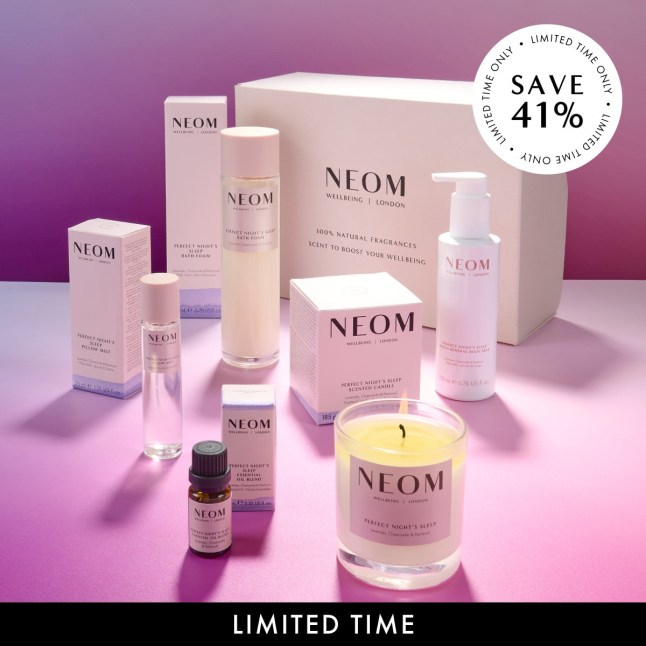
Neom Sleepy Bestseller Box
Neom’s Sleepy Bestsellers Box is a limited-edition collection of five Neom products designed to induce better sleep and relaxation. The set includes the new, limited-edition Perfect Night’s Sleep Multi Mineral Body Milk (exclusive to this box), Perfect Night’s Sleep 1 Wick Scented Candle, Essential Oil Blend, Bath Foam, and Pillow Mist. Each item has Neom’s Perfect Night’s Sleep fragrance, a blend of lavender, chamomile and patchouli, to help create a calming bedtime routine.
Beautifully packaged and only available while stocks last, this limited-edition collection is the perfect gift for anyone in need of a little calm.
Inside shoppers will find a new, limited-edition Perfect Night’s Sleep Multi Mineral Body Milk (an exclusive to this box), Perfect Night’s Sleep 1 Wick Scented Candle, Perfect Night’s Sleep Essential Oil Blend, Perfect Night’s Sleep Bath Foam, and the Perfect Night’s Sleep Pillow Mist.
With Neom’s signature Perfect Night’s Sleep blend of lavender, chamomile and patchouli, each product has been carefully chosen to help you truly switch off.
Together, they make the dreamiest bedtime routine. Think a long soak in the bath, soft candlelight flickering away, and a final spritz of pillow mist that tells your mind it’s time to drift off.
The gentle scent fills the room, melts away tension and helps you slip into the kind of deep, restful sleep we all crave – bliss!
Whether you’re winding down after a long day or setting the mood for a slow weekend, Neom’s Sleepy Bestsellers Box makes relaxation effortless and a little bit luxurious.
If you want our advice, shop now as this beautiful box is bound to sell out. After more calming treats and Wellbeing Boxes? Explore the Neom Black Friday sale below.
Neom Black Friday sale 2025 – top picks
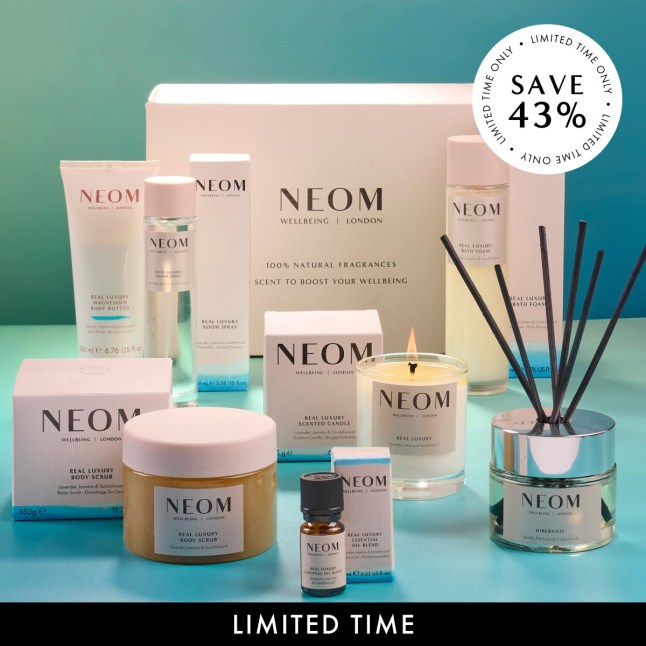
The Ultimate Calm Box (Worth £238)
Create moments of calm with the limited-edition Ultimate Calm Boxfeaturing seven of Neom's most-loved de-stress favourites. Inside you'll find the Real Luxury Scented Candle (1 Wick), Hibernate Reed Diffuser 100ml, Real Luxury Magnesium Body Butter 200ml, Real Luxury Body Scrub 350g, Real Luxury Bath Foam 200ml, Real Luxury Room Spray 100ml and Real Luxury Essential Oil Blend 10ml.

The Wellbeing Mystery Box (Worth £192)
Everyone's favourite Neom mystery boxes are back! Limited-edition and overflowing with wellbeing surprises, these boxes feature five of Neom's feel-good favourites (all full-size) from home fragrance to bath and body, set to help you (or them) stress less, feel more energised or experience a better mood.
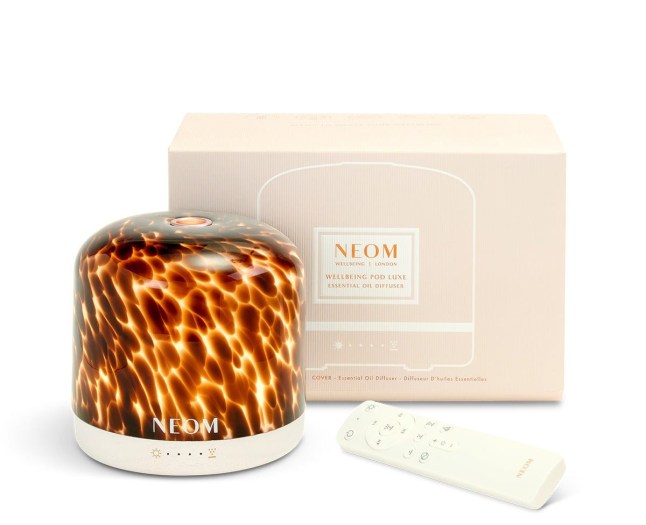
NEW Tortoiseshell Wellbeing Pod Luxe Essential Oil Diffuser
Upgrade your oil diffuser with this gorgeous Wellbeing Pod Luxe Essential Oil Diffuser in the brand new limited-edition tortoiseshell glass design. Now with a new pairing mode, additional mist setting and subtle vibration on the touch-button display panel for an effortlessly intuitive experience, this diffuser makes filling your spaces with wonderful scent easy.

Winter Wellbeing Candle Trio (Worth £63)
Treat yourself or someone you love to three gorgeously Christmassy candles with this trio, made with 100% natural fragrance. This trio features the Cosy Nights Scented Travel Candle 75g, Christmas Wish Scented Travel Candle 75g and Perfect Peace Scented Travel Candle 75g.
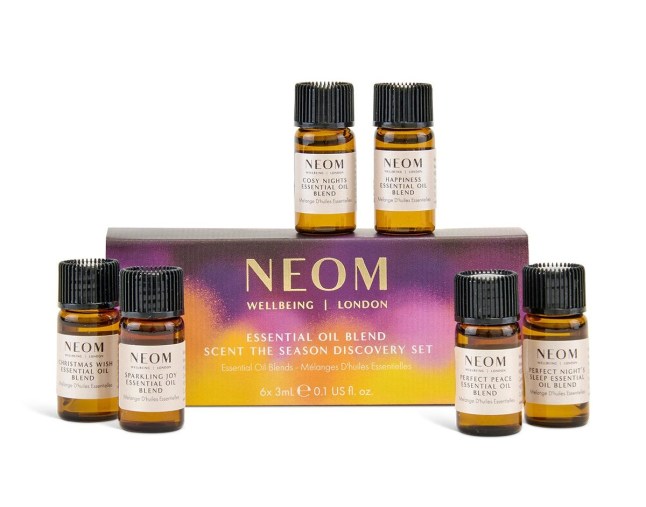
Scent The Season Discovery Set
Stock up on Neom's much-loved oil Essential Oil Blends with this six piece set. Inside you'll find the Cosy Nights Essential Oil Blend 3ml, Christmas Wish Essential Oil Blend 3ml, Perfect Peace Essential Oil Blend 3ml, Sparkling Joy Essential Oil Blend 3ml, Happiness Essential Oil Blend 3ml, and Perfect Night’s Sleep Essential Oil Blend 3ml.
Anyone else feeling sleepy?..
Follow Metro across our social channels, on Facebook, Twitter and Instagram
Share your views in the comments below
The best babies Christmas jumpers, knits and sweaters for 2025. Discover where to shop for Christmas jumpers for babies, the top-rated knits, personalised baby Christmas jumpers and the cutest designs too. We’ve found all of the cutest baby Christmas jumpers from Marks & Spencer, John Lewis, The White Company, Mamas & Papas and more.
12 Nov, 2025 | Admin | No Comments
H. Samuel is making diamond jewellery affordable with its chic new lab-grown range

The iconic British jewellery brand designed the range with over 150 years of heritage in mind, inspired by founder Harriet Samuel. See our favourite pieces…
12 Nov, 2025 | Admin | No Comments
Simple ‘bird theory’ can show if your partner is actually interested in you

Telling your partner this one simple thing can, according to TikTok, make or break even the most steady of relationships, and it’s rooted in a real psychology
12 Nov, 2025 | Admin | No Comments
Duchess Sophie pays secret tribute to tiny family member in ‘bouquet’ dress
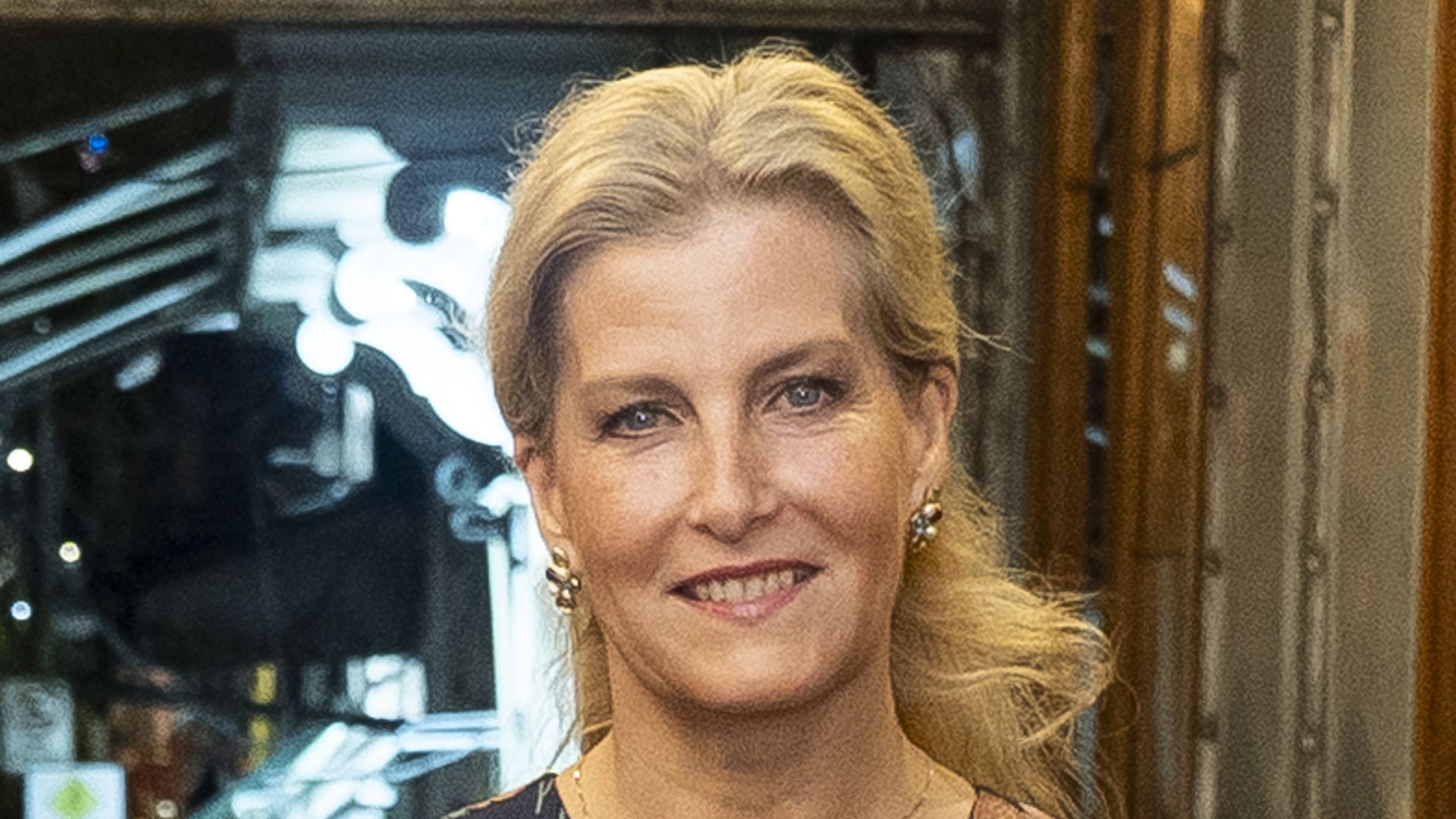
The Duchess of Edinburgh paid a sweet tribute to her great-niece, Princess Beatrice’s daughter Sienna, in a Beulah London dress during a dinner to celebrate the UK’s first year of implementing the Biodiverse Landscape Fund (BLF) programme at Casa de Fierro restaurant in Iquitos, Peru.
